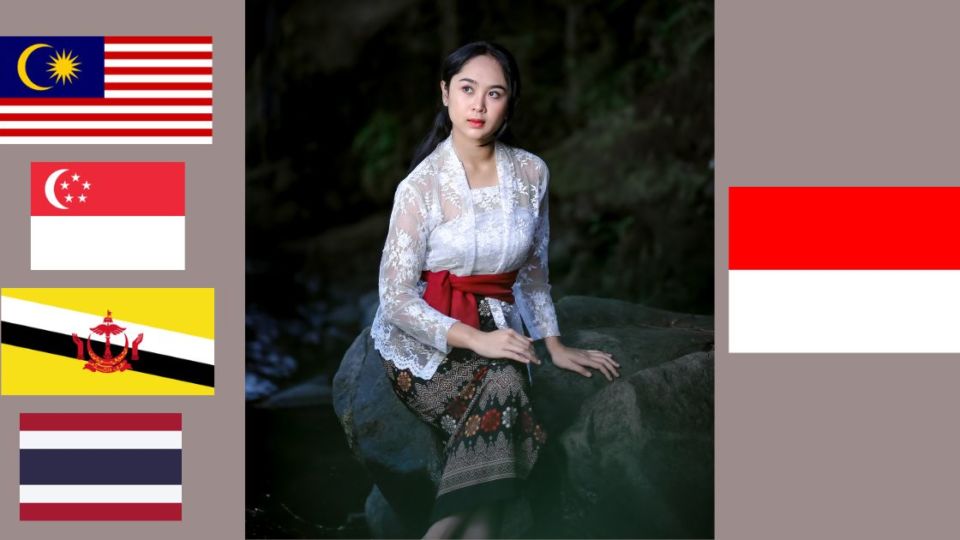The kebaya, a traditional and iconic embroidered top, is worn by women throughout Southeast Asia but it is so strongly identified with Indonesia that it is officially recognized as one of the country’s national costumes.
Which is why we were more than a little confused when we received a press release today from Singapore’s National Heritage Board (NHB) announcing that it was joining Brunei, Malaysia, and Thailand to nominate the kebaya to be included on UNESCO’s list of Intangible Cultural Heritage (ICH), with Indonesia being conspicuously absent from the list.
According to the NHB release: “The idea of the multinational nomination of kebaya was proposed and coordinated by Malaysia, and discussed as part of a series of working meetings amongst a number of countries in 2022. Brunei, Malaysia, Singapore and Thailand agreed to work together on this multinational nomination as kebaya represents and celebrates the region’s rich shared history, promotes cross-cultural understanding, and continues to be present and actively produced and worn by many communities across Southeast Asia.”
What makes this apparently Indonesia-exclusionary kebaya alliance even more curious is that Indonesia currently has its own “Kebaya Goes to UNESCO” campaign aiming to get the traditional garment added to the ICH list.
ICH recognition is meant to ensure that important elements of humanity’s shared cultural heritage receive protection and awareness. Most items on UNESCO’s ICH list are attributed to a single country, such as Singapore’s Hawker Center culture, but multi-country ICH items are not uncommon.
The history of the kebaya can be traced back to the Middle East, with its name derived from the Arabic word “kaba” meaning clothing. But most historians believe the kebaya we think of today originated in the Majapahit Kingdom of Java in the 15th and 16th centuries as royal court wear. Although it has spread to many other parts of Southeast Asia, kebaya remains strongly associated with Indonesian and Javanese culture.
So is this Malaysia-Singapore-Brunei-Thailand UNESCO bid aimed at culturally appropriating credit for kebaya from Indonesia?
We can’t speak to their intent (though we have reached out to the National Heritage Board for comment), nor are we saying that no other countries should be allowed to claim kebaya as part of their cultural heritage. But excluding Indonesia seems odd at the least and outrageous at the worst. We can certainly remember the outrage Indonesians expressed when Adidas claimed Wayang Kulit is Malaysian and when Miss Malaysia World 2020 claimed batik was Malaysian.





